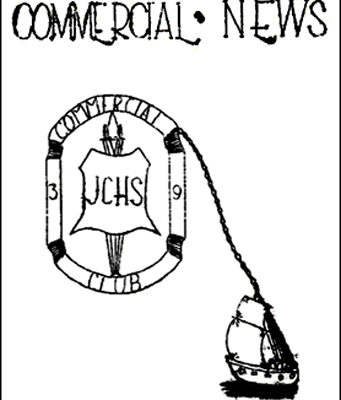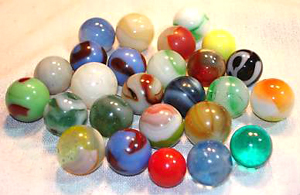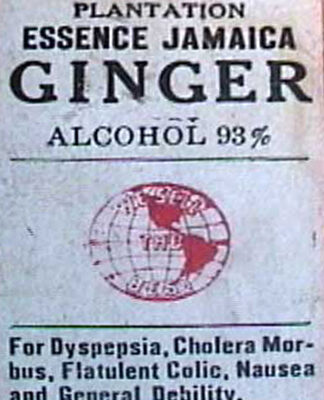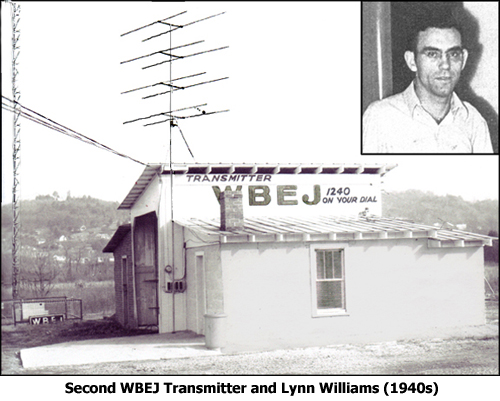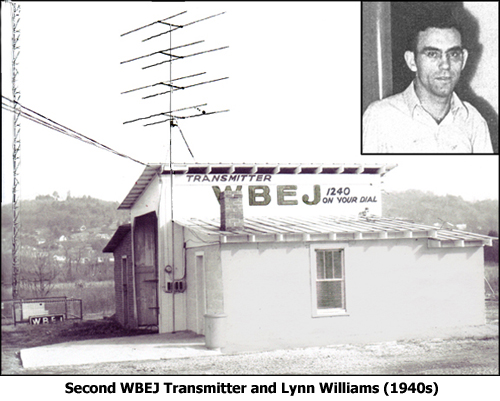On Feb. 27, 1939, the Commercial Club of Science Hill High School issued a 4-page publication titled, “Commercial News,” a periodical originated in the previous year. This organization, comprised of 27 students participating in business courses offered by the school, met each Thursday morning during “club period.”
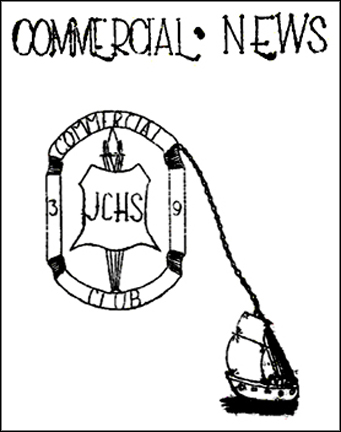
Outgoing officers were Dorothy Wilcox, Editor-in Chief; Alice Garland, Assistant Editor; Nellie Moyers, Social Editor; Theresa Bayles, Class Editor; Frances Stone, Club Editor; Dorothy Scott, Secretary; Virginia Livingston, Assistant Secretary; Robert McKee, Business Manager; Miss Newton and Mr. Maddux, Faculty Sponsors. Incoming officers were Harry Burdick president; Louise Richardson, vice president; Dorothy Scott, secretary; Alice Garland, treasurer; and Frances Stone Club Reporter. The club’s Social Committee was comprised of Merle Cross (chairman), Theresa Bayless, Helen Mettetal and Jewell Vest. The Program Committee consisted of Theresa Bayless (chairman), Jewell Vest and Mildred Lowe.
Five topics were featured in the magazine, the first being “Traits of a Secretary.” Students conducted a survey of area businesses to determine what secretarial traits were most desired by their bosses. Accuracy topped the list; secretaries needed to spell perfectly and pronounce people’s names correctly. The second most important trait was assuming job responsibility without having to be closely supervised.
Under “Class News,” it was reported that the second period typing class was comprised of beginners. Of the 24 members in the class, Mary Louise Meredith was deemed the most outstanding student. Another one, Jim Ellis, was razzed for having missed several days of classes and still using the old “hunt and peck” method.
The seventh period typing class members proved their skill by averaging 38 words a minute. Other scores were first period, 36; fourth period, 30; and fifth period, 31. The girls were said to be superior to the boys.
Under another title “Antique Typewriter,” Giltz Corley brought to school an old-fashioned 50-year-old typewriter that had belonged to his grandfather. Unlike most devices, it used an inkpad instead of a ribbon. The letters were on a cylinder instead of individual keys that rotated to the desired key before striking the paper. The result was script that resembled beautiful handwriting.
The second period shorthand class set a standard for students to read 100 sentences in 15 minutes (or 50 in 8 minutes). Theresa Bayless was recognized for reading 50 sentences in four minutes. John Gregg, creator of the shorthand method in 1888, authored the students’ shorthand book. One club member wrote that Mr. Gregg had worked in a grocery store during his youth and, during slack hours, practiced writing shorthand on brown paper bags. The bags were so rough that it was difficult for him to make an angle between two letters. This challenge resulted in his developing blends of elliptical figures and straight lines.
One Commercial Club member, Mildred Stout, offered an amusingly comment about shorthand saying that she thought the subject should be taught in the first grade so students would not have to learn the traditional way to write.
The final section of the publication, “Cracks from a Dark Corner,” closely resembled student gossip pages from a typical high school yearbook. The newsletter’s editor ended the publication with these words: “Well, I’ll say good-bye for this time. I’ve already told too much, but don’t you say a thing about what I’ve told you.” Mums the word, Dorothy.
